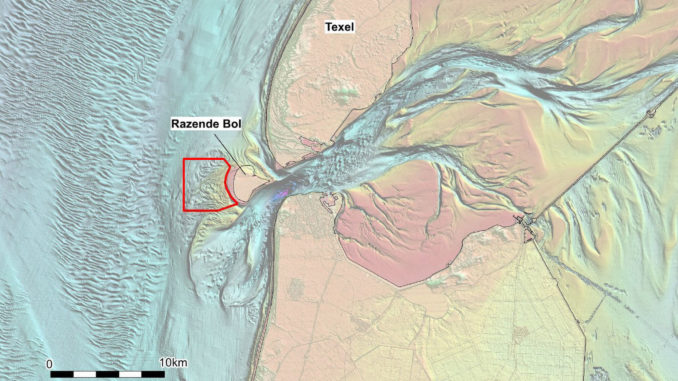
Texel, the Netherlands – Divers have discovered cannons and military equipment from a sunken British Royal Navy warship – the HMS Apollo – that sank in 1799 during the French Revolutionary Wars.
The divers found numerous other treasures, some of which still bear insignia of the British government near the uninhabited island of Razende Bol, off the coast of Texel in the Netherlands.
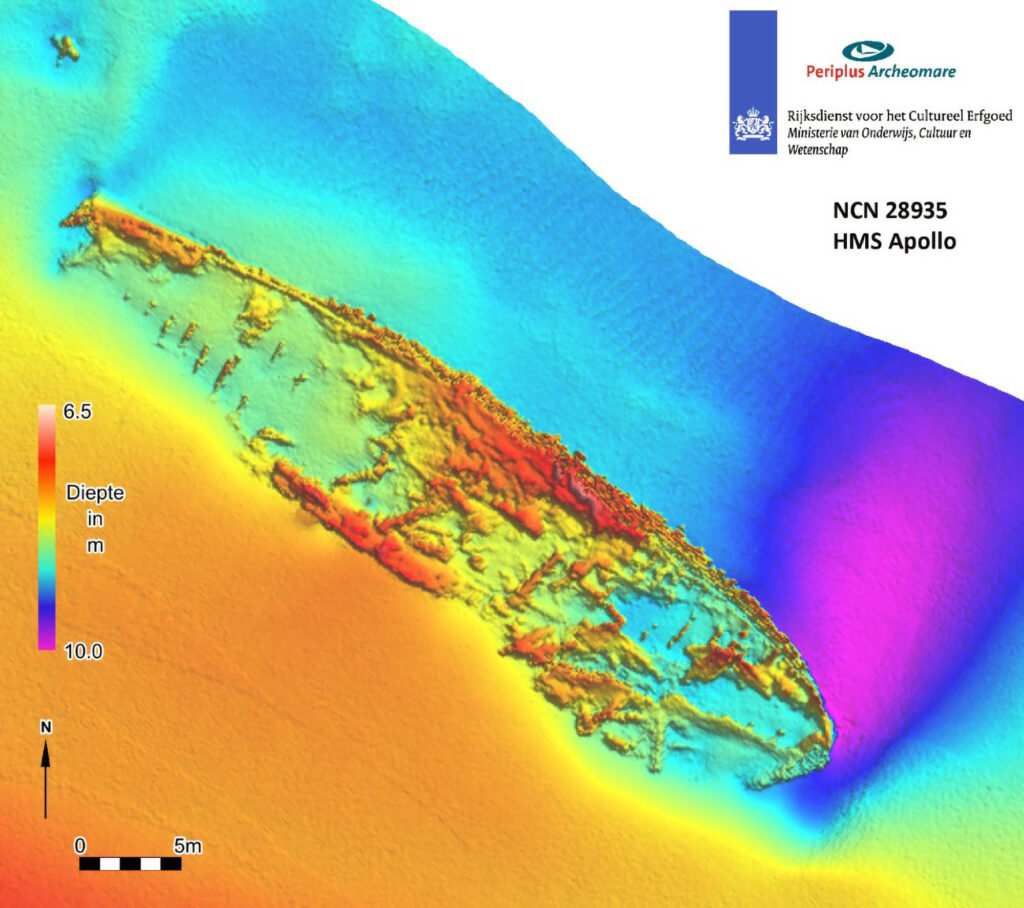
“In the coming years, I expect many more objects will come out of the ship,” said Michiel Bartels, an archaeologist, in a statement. “Various cannons and other military equipment were rediscovered from the HMS Apollo. Divers have also found two leather cartridge pouches which would have been attached to a pouch belt and worn on the hip.”
The vessel was built in 1794 and it beached five years later “while attempting to navigate the shallow waters surrounding Texel”.
Bartels said the cartridge pouches had a hardwood cartridge holder, with enough room for 18 cartridges.
“These paper cartridges housed a lead musket ball and exactly enough gunpowder to fire it. The overhanging flaps of the leather pouches were decorated with the royal cipher of England’s reigning Hanoverian monarch, King George III, stamped in gold.”
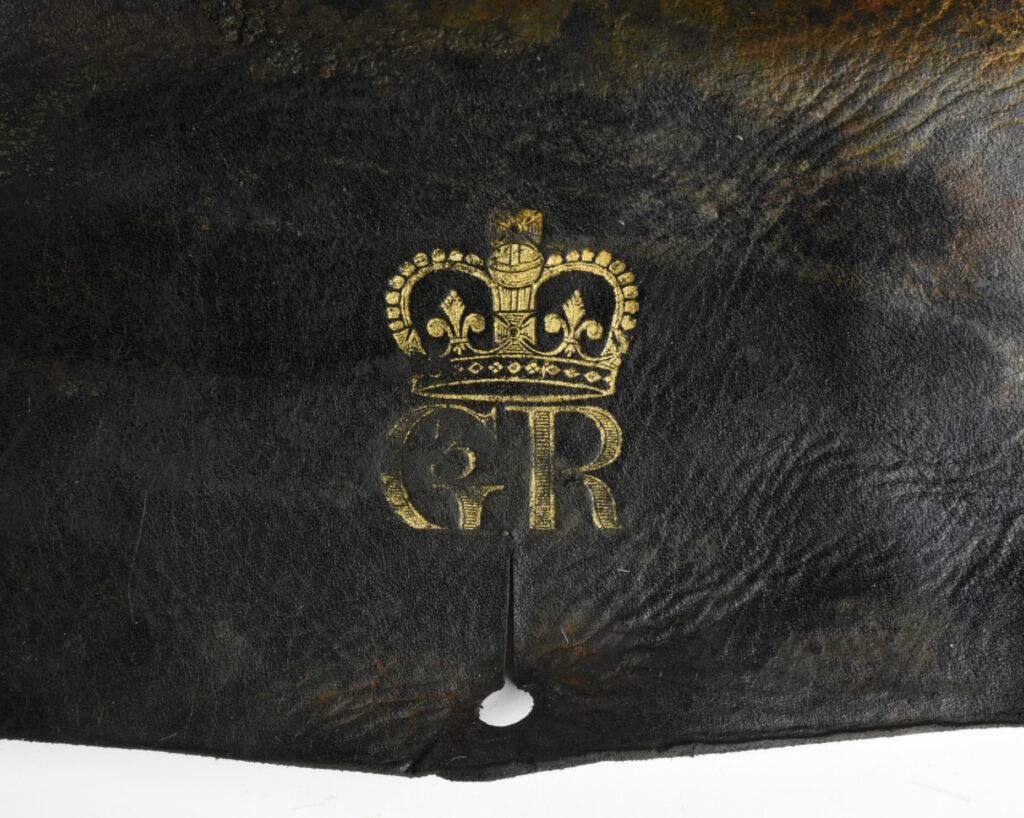
Further, two leather bayonet sheathes were also retrieved from the wreck, which features the Royal Navy’s property brand ‘the Broad Arrow’, and a crowned GR.
The Royal Navy warship, which belonged to the “Artois” class of ship, sank on Jan 6, 1799. It was among the nine Artois frigates built to a 1793-design by John Henslow, a surveyor of the Navy. They were used in the Royal Navy during the French Revolutionary and Napoleonic Wars.
“The HMS Apollo was part of a fleet tasked with preventing a French invasion of England, in which the Dutch navy was expected to play a part,” said the statement.
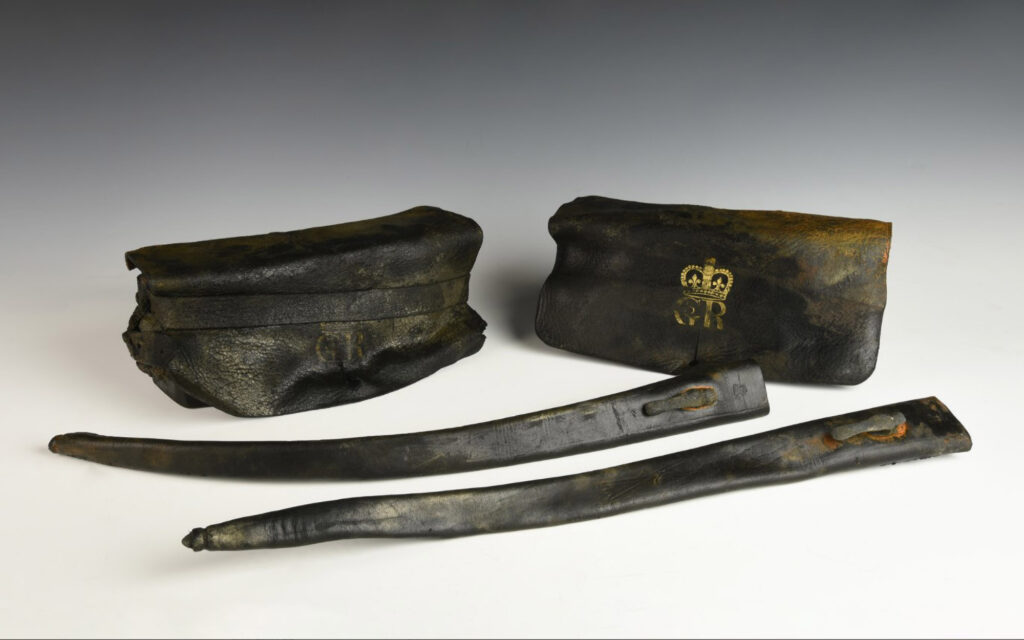
The story of HMS Apollo’s fate was outlined in the statement.
“In 1795, with help from the revolutionary French, republican Dutch patriots had succeeded in toppling William V, Prince of Orange. The stadtholder fled to England, while preparations were made for a French invasion of the British Isles. In response, the Royal Navy patrolled the North Sea coastline. During one of these patrols, the HMS Apollo was stranded.”
The captain of the ship, Peter Halkett, who would go on to become an admiral in 1837, threw all the guns overboard to keep the ship afloat. But, the crew’s efforts were in vain and the ship sank.
“There was a court-martial and Apollo’s pilot was found to be lacking in skill and dismissed from the Navy,” said naval historian David J. Hepper.
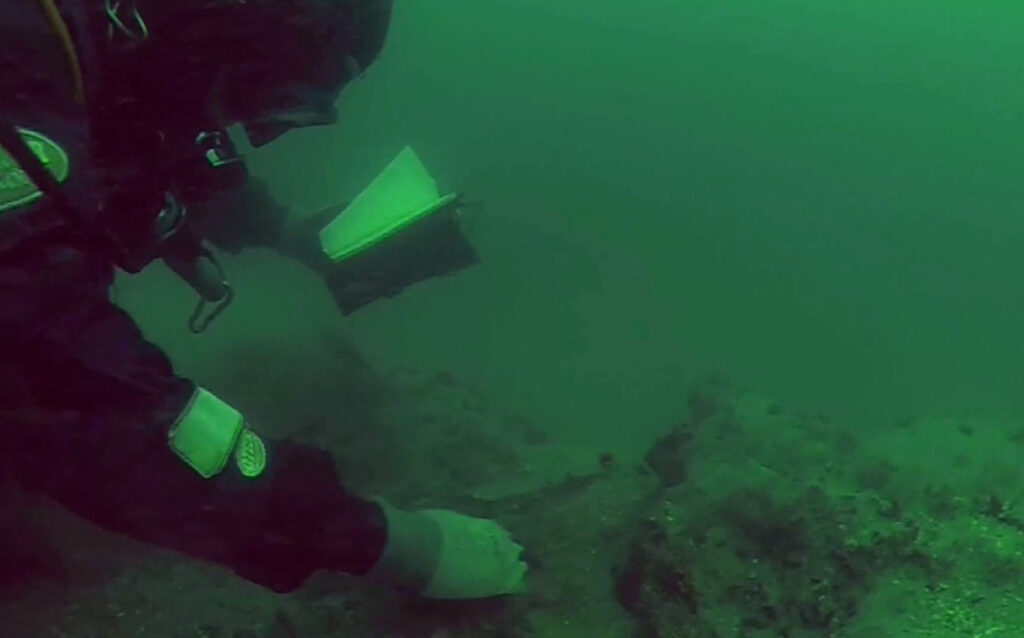
“No charges were maintained against the captain, who was then allowed to return to the Navy,” said Rif Winfield, a historian at the US Naval Institute.
The HMS Apollo remained deep in the seabed for over two centuries but resurfaced due to erosion “at a depth of 7 meters”.
“Dozens of meters of sediment are washed away every year, revealing wrecks that were lost in the region decades or centuries earlier. Governmental institutions and amateur divers monitor the various wrecks and salvage objects that are washed free,” reads the statement.
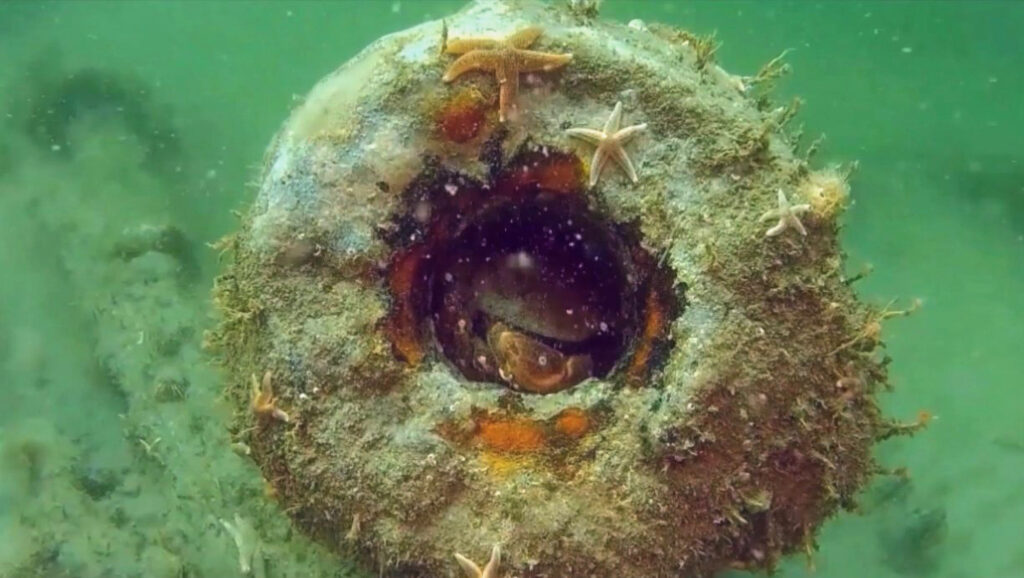
(NorthSeaDivers/Newsflash)
Periplus Archeomare, a data analytics firm, was commissioned by the Cultural Heritage Agency (RCE) of the Ministry of Education, Culture and Science, the Netherlands, to provide sonar research imaging.
The North Sea Divers team, supported by the Texel Municipality, Museum Kaap Skil and the Province of North-Holland, performed the diving activities. They removed guns and other equipment from the water but there are many other objects still in the shipwreck.
“The shipwreck will remain in the sea. It is too difficult and expensive to lift it,” said Bartels.
Though all the rediscovered items are the property of the United Kingdom, the province of North Netherlands has requested a loan so the items can go on display at the Museum Kaap Skil in Oudeschild, Texel, during the summer of 2021.
(Edited by Megha Virendra Choudhary and Gaurab Dasgupta.)
The post Blown apart: Divers Find Historic British Warship Sunk in Napoleonic Wars appeared first on Zenger News.
